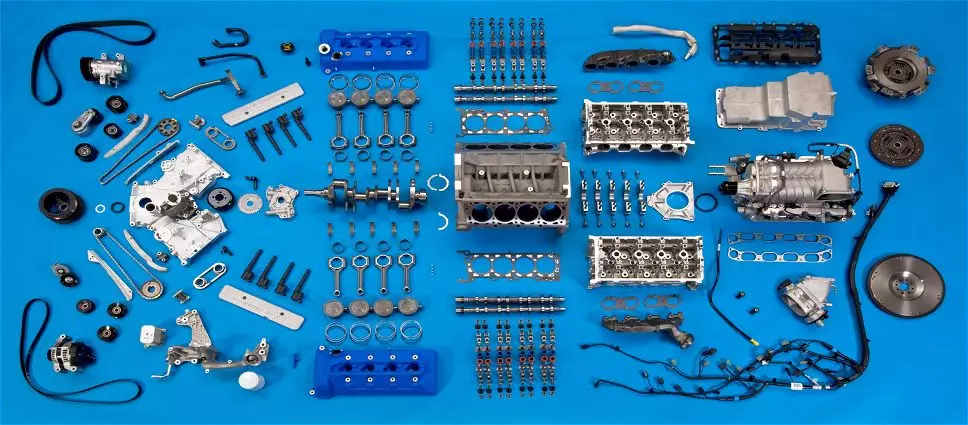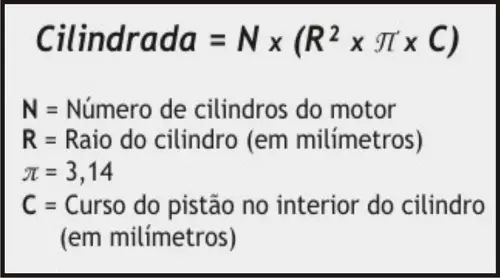Like many of you, when I was a kid I would blow more money on car magazines than on stickers (I was a stickler myself…). There was no internet and therefore, the Autohoje, Turbo and Co. were exhaustively browsed for days on end.
With so little information available at that time (thank you internet!) reading often extended to the details of the technical sheet. And whenever I saw the engine displacement, there was a question that came to me: "why the hell is the engine displacement not a round number?"
Yes I know. My levels of “nerdism” as a child were very high. I say this with some pride, I confess.

Luckily, being the only kid on the playground with car magazines earned me a remarkable popularity among the big 4th graders – for someone who didn't know how to kick a ball, believe me, I was quite popular in the playground. And that saved me several episodes of beating – now it's called bullying, isn't it? Forward…
There is an explanation for everything. Even for the fact that the effective displacement of the engines is not an exact number. For example, a 2.0 l engine is not exactly 2000 cm³, it has 1996 cm³ or 1999 cm³. In the same way that a 1.6 l engine does not have 1600 cm³, but 1593 cm³ or 1620 cm³.
Subscribe to our newsletter
Let's go to the explanation?
As you know, displacement expresses the sum of the internal volume of all the engine's cylinders. We obtain this value by multiplying the surface area of the cylinder by the total stroke of the piston. After calculating this value, just multiply this value by the total number of cylinders.
Going back to school (again…), you certainly remember that the formula for finding the area of a circle uses the value of Pi (Π) — a mathematical constant that has given humanity a lot to do and which I won't talk about because Wikipedia has already done it for me.
In addition to this calculation using an irrational number, mechanical engineering works with millimeter measures in the design of various engine parts. Hence, the calculated values are rarely round numbers.

Let's go to a practical case? For this example we are going to use a 1.6 l four-cylinder engine whose piston stroke is 79.5 mm and the cylinder diameter is 80.5 mm. The equation would look something like this:
Displacement = 4 x (40.25² x 3.1416 x 79.5) | Result : 1 618 489 mm³ | Conversion to cm³ = 1,618 cm³
As you have seen, it is difficult to come up with a round number. “Our” 1.6 liter engine is 1618 cm³ after all. And with so many concerns engineers have in engine development, hitting a round number in displacement isn't one of them.
That's why the engine displacement is never an exact number (except by chance). And that's also why I never liked math…
